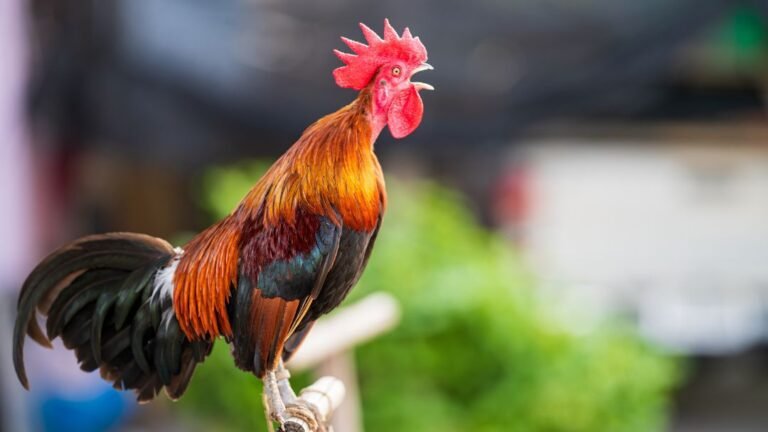GROW CHICKEN!
Chicken growing tips in one place
Our tips, tricks, and information will help you raise your own lovely chickens. We provide everything from what kind of feed is best for your flock to whether or not it’s necessary to keep the chicken house clean.
We publish Buying Guides Weekly
We want you to be an expert in growing chickens at home. Getting the necessary tools is the first requirement to do so. Our buying guide will help you to pick the right tools.
When
Every Wednesday
Why You Will Be Satisfied With our tips and reviews
We spent hours in research and also used our own experience to compile each of the articles
Expert opinions
We researched and took opinions from experts.
Double Checked
Checked and verified accuracy.
Customer Reviews
Considered existing customer reviews.
Excited Team
A Team excited and thoughtful about chicken.
From egg hatching to full-grown chicken
Our ultimate guide is the only thing you will need to become an expert chicken grower.
Latest Guides + Posts
We regularly publish buying guides, tips, and tricks
to help you guys

Best Chicken Dewormer in 2024
Raising chickens can be a rewarding experience, but it also comes with its challenges—one of the most common being the risk of parasitic worms. Worm infestations can significantly impact the health of your flock, leading to reduced egg production, weight loss, and even death in severe cases. Regular deworming is essential to maintaining a healthy…

4 Best Medicated Chick Starter Feed for Healthy Growth
A baby chick eats around 1-2 ounces of food daily. Each small chicken will need about 0.75 to 1 lb feed every week. They generally follow this eating habit for their first eight weeks. Besides regular food, baby chickens need special food to stay healthy and disease-free. Medicated chick starter feed is one of the…

Can Chickens Eat Zucchini? The 5 Health Benefits of This Nutritious Vegetable
Chickens can eat zucchini and it provides them with several health benefits. Zucchini is not only a tasty vegetable for humans, but also a nutritious addition to a chicken’s diet….

Can Chickens Coexist Peacefully with Guinea Pigs? Unveiling the Ultimate Compatibility
Chickens and guinea pigs should not live together as they have different housing and dietary needs. If you’re considering keeping chickens and guinea pigs together, it’s important to understand that…

Why Do Roosters Crow? Discover the Secrets to Stop their Chatter
Roosters crow to communicate and establish their territory. To stop them from crowing, there are various methods you can try. Roosters have long been associated with the image of rural…






